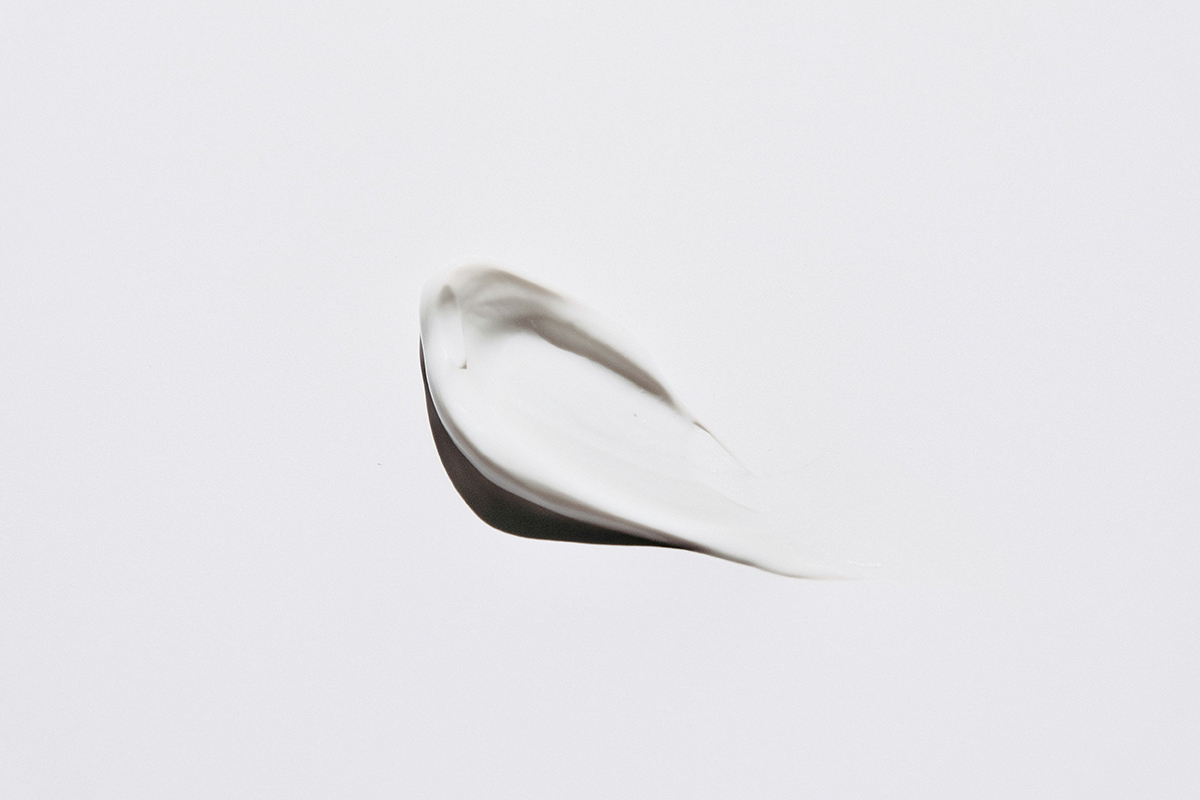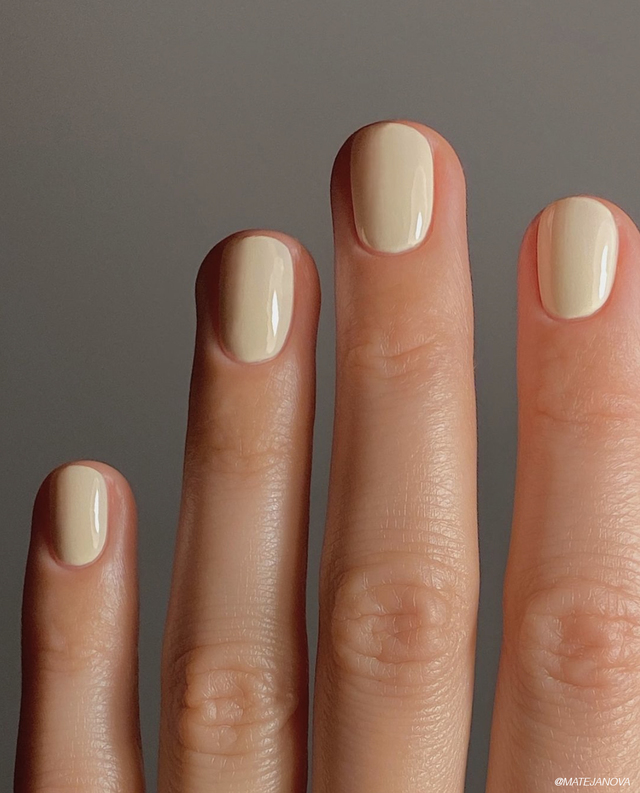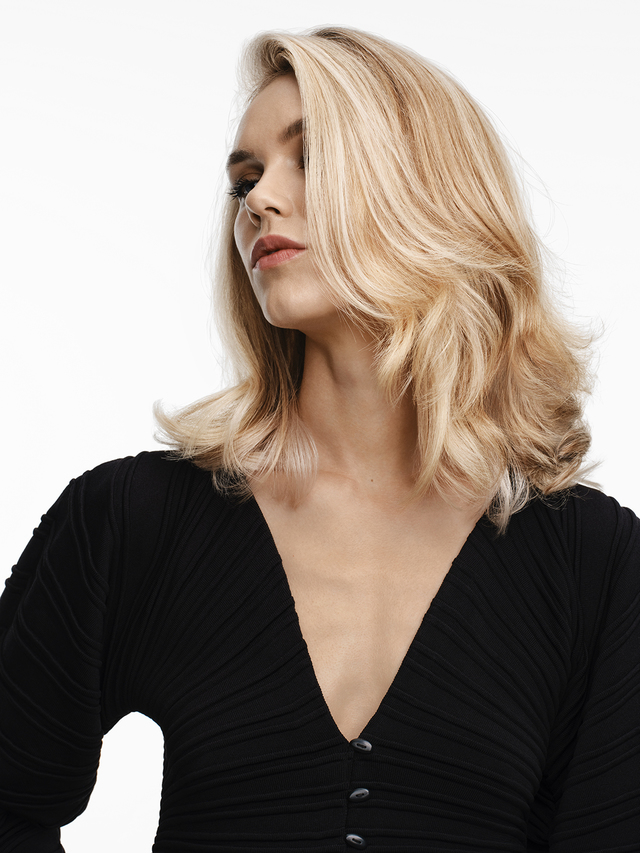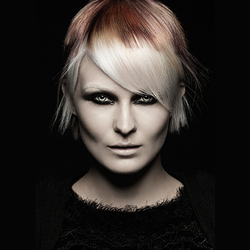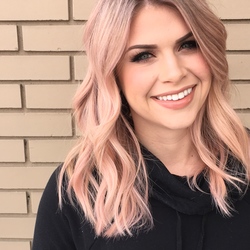Ever read the ingredient list on your favorite beauty products and noticed "phthalates" mentioned? Or maybe you’ve seen a product proudly labeled as “phthalate-free” and wondered why it matters. Phthalates have been a buzzy subject lately around the world, especially when it comes to their potential impact on health. Let’s break down what phthalates are, why they’re used in beauty products, and whether you should be avoiding them.
What Are Phthalates?
Phthalates (pronounced thal-ates) are a group of chemicals commonly used as plasticizers—substances that make plastics flexible. But in the world of beauty and personal care, they serve a different purpose. Phthalates are often used to help stabilize fragrances and improve the texture or performance of products like shampoos, lotions, and perfumes.
@steven Toxic expert Dr Yvonne Burkart discussing the dangers of your daily deodorant and what you need to be looking out for next time you use one #podcast #podcastclip #interview #didyouknow #advice #tips #hack #safety #diaryofaceo #healthy #health #teamwork #danger #problem original sound - Steven Bartlett
Common Types of Phthalates in Beauty Products
The phthalates you might find in personal care products include:
- Diethyl phthalate (DEP): Frequently used to make fragrances last longer.
- Dibutyl phthalate (DBP): Sometimes used in nail polishes but has been banned in some regions.
- Diethylhexyl phthalate (DEHP): Rare in cosmetics but more commonly associated with industrial use.
Why Are Phthalates in My Beauty Products?
Phthalates are used in beauty products for a variety of reasons, including to make scents last longer and improve a product’s texture or stability. They’re especially common in anything with a fragrance.
Other Roles of Phthalates in Beauty Products
- Improving texture: Phthalates can make lotions smoother or nail polishes easier to apply.
- Binding agents: They help ingredients blend well and stay mixed.
- Extending shelf life: Phthalates contribute to the stability of the overall formula.
@welcome_home_beauty Ingredients #hottake from a #beautyjunkie #beautyhacks #beautytips #hairtok #haircareroutine #haircaretips #haircareproducts #shampoo #shampooandconditioner #cleaningtiktok #cleantok #cleanbeauty #greenbeauty #ingredients #healthyingredients #cleaningredients #toxic #toxicchemicals #bangstyle original sound - Welcome Home Beauty
Are Phthalates Harmful to Your Skin, Hair, or Health?
Phthalates don’t usually cause immediate harm to your skin or hair, but their potential risks lie in their long-term effects on health and environmental impact.
Potential Health Concerns
Phthalates are often flagged as endocrine disruptors, meaning they may interfere with the body’s hormonal system. Research suggests the following risks:
- Hormonal Imbalances: Some phthalates mimic or disrupt hormones like estrogen, potentially contributing to fertility issues or other hormonal problems.
- Reproductive Health Risks: Animal studies link high doses of phthalates to reproductive issues, but the effects in humans are less clear.
- Child Development: There’s concern about exposure during pregnancy or early childhood, as hormones play a key role in development.
It’s worth noting that most research focuses on large doses of phthalates found in industrial products—not the trace amounts used in beauty items. However, the cumulative effect of daily exposure through multiple products is still a concern for some experts.
Long-Term Exposure Risks
Even though phthalates don’t build up in the body, frequent use of products containing them can lead to consistent low-level exposure. Studies have detected phthalates in human urine, suggesting widespread exposure from everyday products.
Environmental Concerns
Phthalates are not just a personal health issue—they also raise environmental red flags. These chemicals have been detected in waterways and aquatic life, potentially harming ecosystems over time.
Should You Avoid Phthalates?
Choosing whether to avoid phthalates depends on your preferences and priorities.
You Might Avoid Phthalates If:
- You’re worried about potential hormonal disruption or long-term health effects.
- You’re pregnant or want to minimize exposure for young children.
- You prefer “clean beauty” or eco-friendly products.
You Might Not Worry About Phthalates If:
- You trust current regulatory standards, which deem some phthalates (like DEP) safe in cosmetics.
- You prioritize product performance or affordability over ingredient concerns.
- You don’t have sensitivities to synthetic fragrances or other additives.
How to Spot Phthalates in Beauty Products
Phthalates are often hidden under umbrella terms like “fragrance” or “parfum” in ingredient lists. To identify and avoid them:
- Look for products labeled “phthalate-free” or “fragrance-free.”
- Check for third-party certifications like EWG Verified or Clean at Sephora.
Phthalate-Free Alternatives
If you want to avoid phthalates, there are plenty of great alternatives on the market. Many brands now use:
- Essential oils as natural fragrance alternatives.
- Non-synthetic stabilizers for longer-lasting formulas.
- Fragrance-free options for sensitive skin.
What’s the Verdict?
Phthalates play a role in making beauty products smell amazing and work well, but they’ve also raised concerns due to their potential hormonal effects and environmental impact. While regulatory agencies consider some phthalates safe in small doses, the possibility of long-term risks has inspired many people to switch to phthalate-free alternatives.
The choice is yours: stick with products you trust, or explore cleaner options that align with your values. Either way, being informed about what goes into your beauty routine is a win!
Your Action Plan
- Check your beauty products for phthalates by reviewing the label (or looking for terms like “fragrance”).
- If you’re concerned, explore phthalate-free or fragrance-free options.
- Take a balanced approach—choose what works for your needs and priorities.
Knowledge is power, and now you’re ready to make the best decision for your beauty routine and beyond.
The information provided in this article is for informational purposes only and reflects current scientific understanding about phthalates. While we aim to offer helpful insights, individual reactions and health risks may vary. If you have specific concerns or health questions, we strongly recommend consulting directly with your physician or dermatologist for personalized advice.
Sources for Further Reading
- U.S. Food and Drug Administration (FDA)
The FDA provides information on phthalates in cosmetics and their safety evaluations.
FDA on Phthalates in Cosmetics - Centers for Disease Control and Prevention (CDC)
The CDC discusses phthalates and their effects on human health in environmental exposure studies.
CDC on Phthalates - Environmental Working Group (EWG)
The EWG offers guides to phthalate-free products and insights into ingredient safety.
EWG Phthalate Resources - Scientific Studies
- Research on phthalates as endocrine disruptors (Diamanti-Kandarakis et al., 2009).
- Studies on phthalate exposure in humans and potential health impacts (Environmental Health Perspectives).
- European Commission on Cosmetic Ingredients
European Commission Regulations
The EU has banned certain phthalates in cosmetics and continues to review their safety.
For more in-depth information, explore these resources or consult your healthcare provider for personalized advice.
